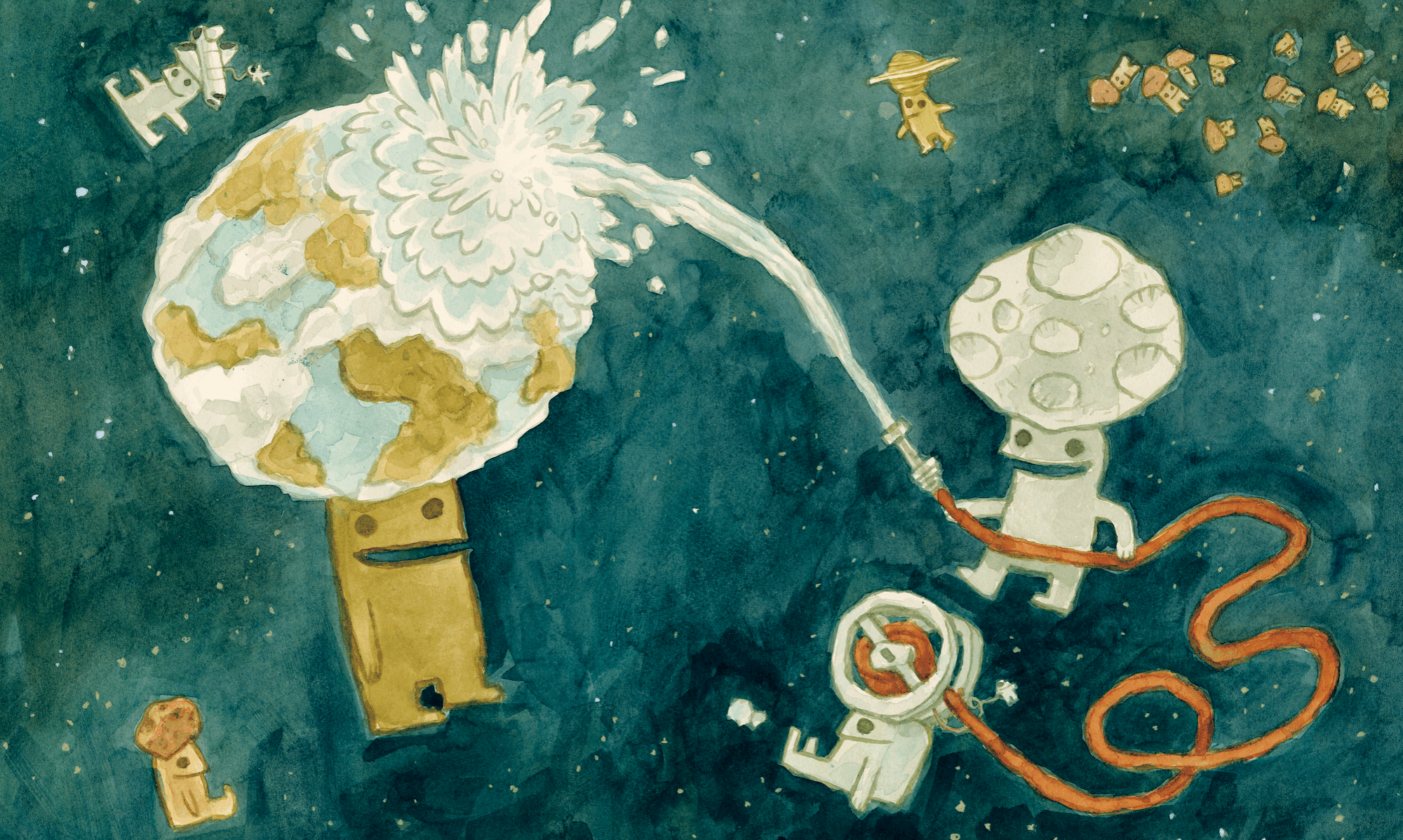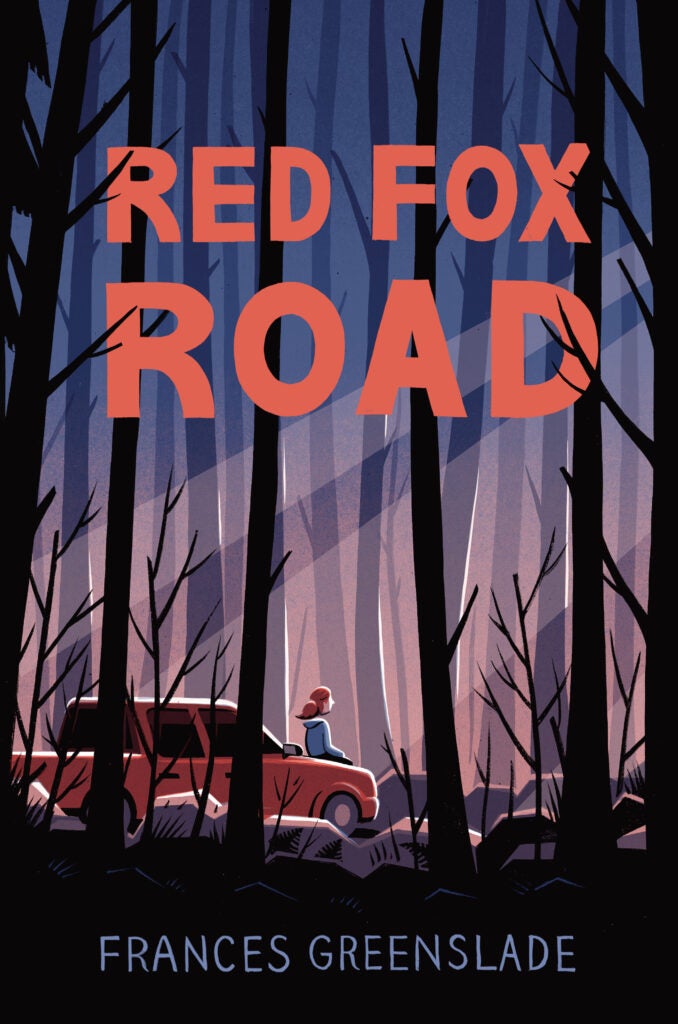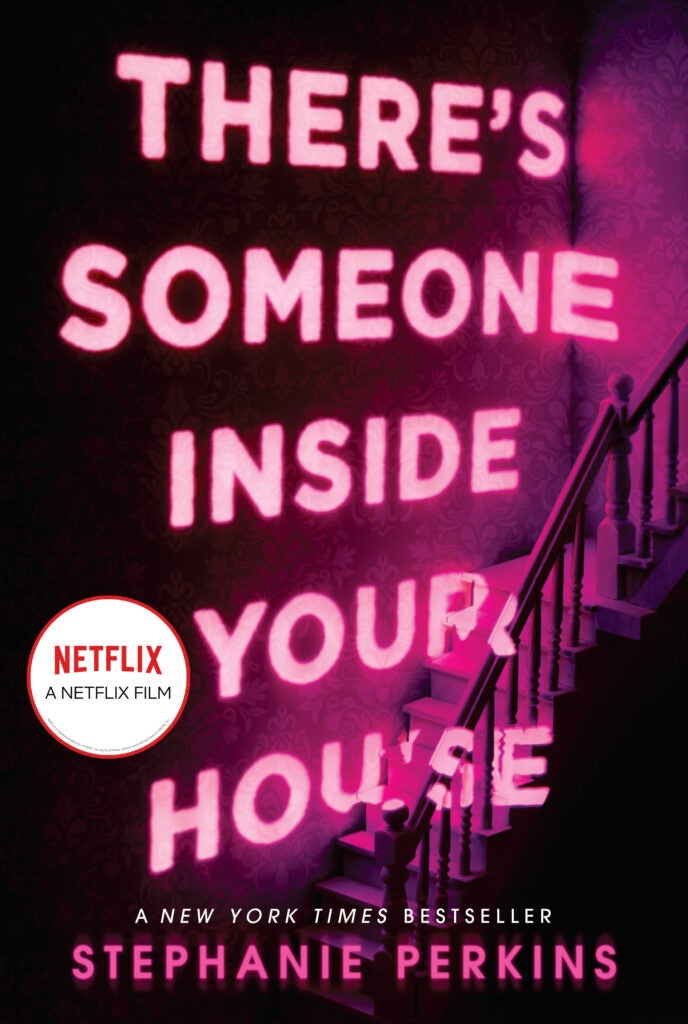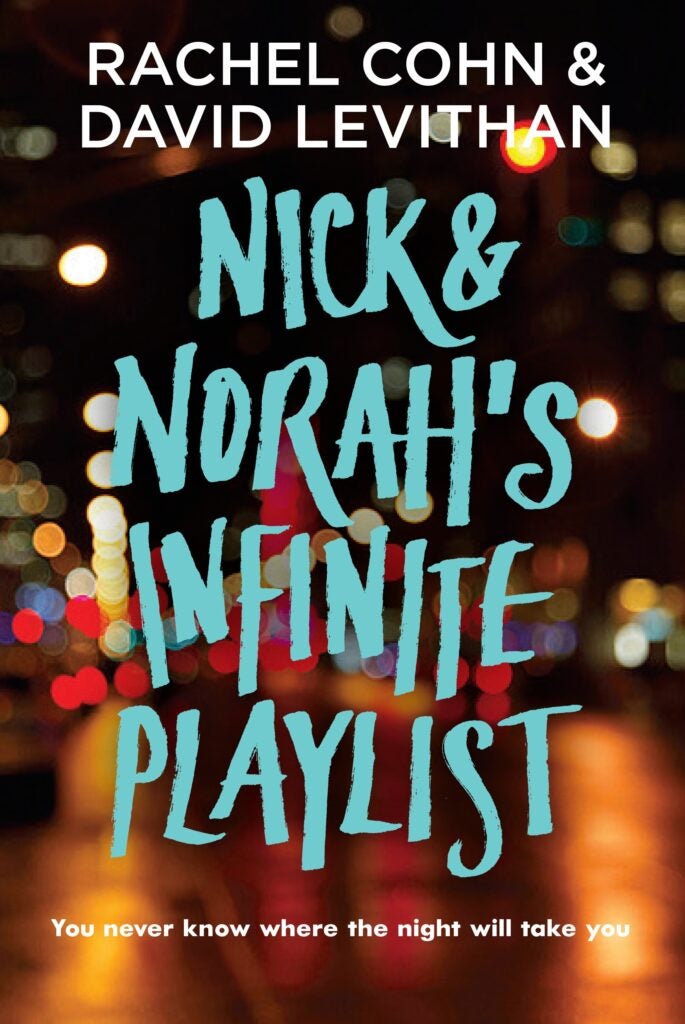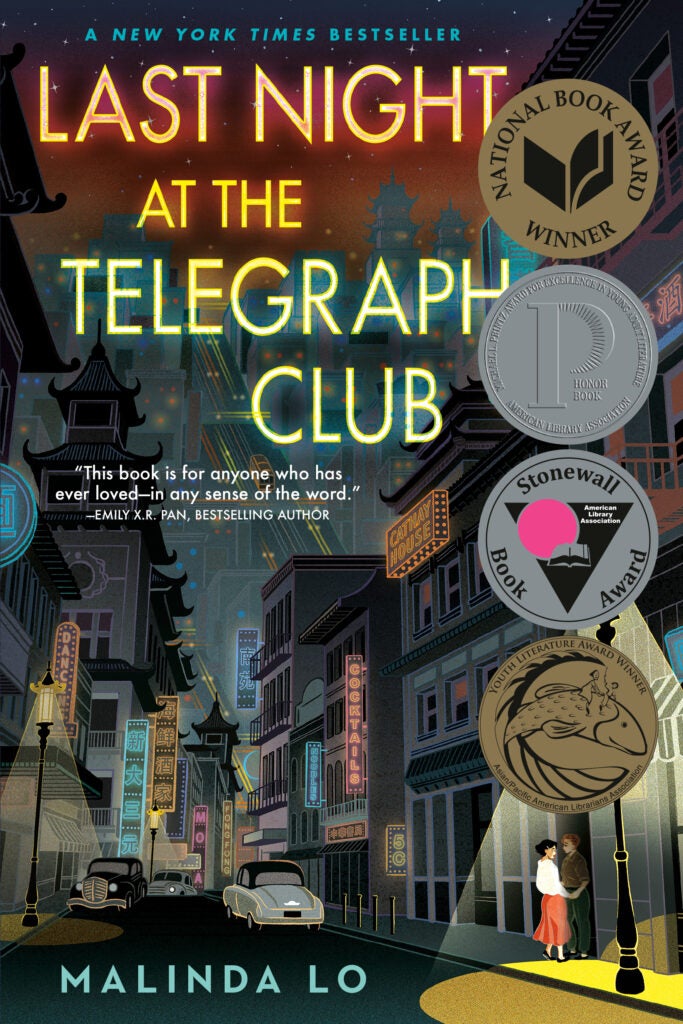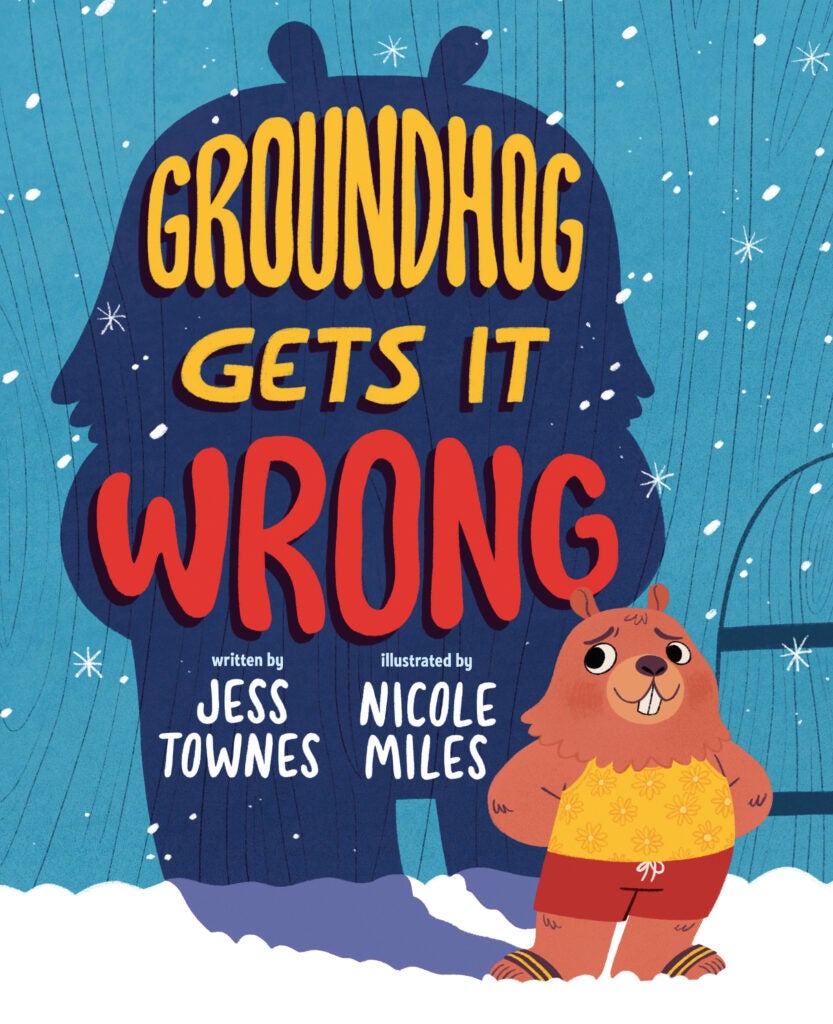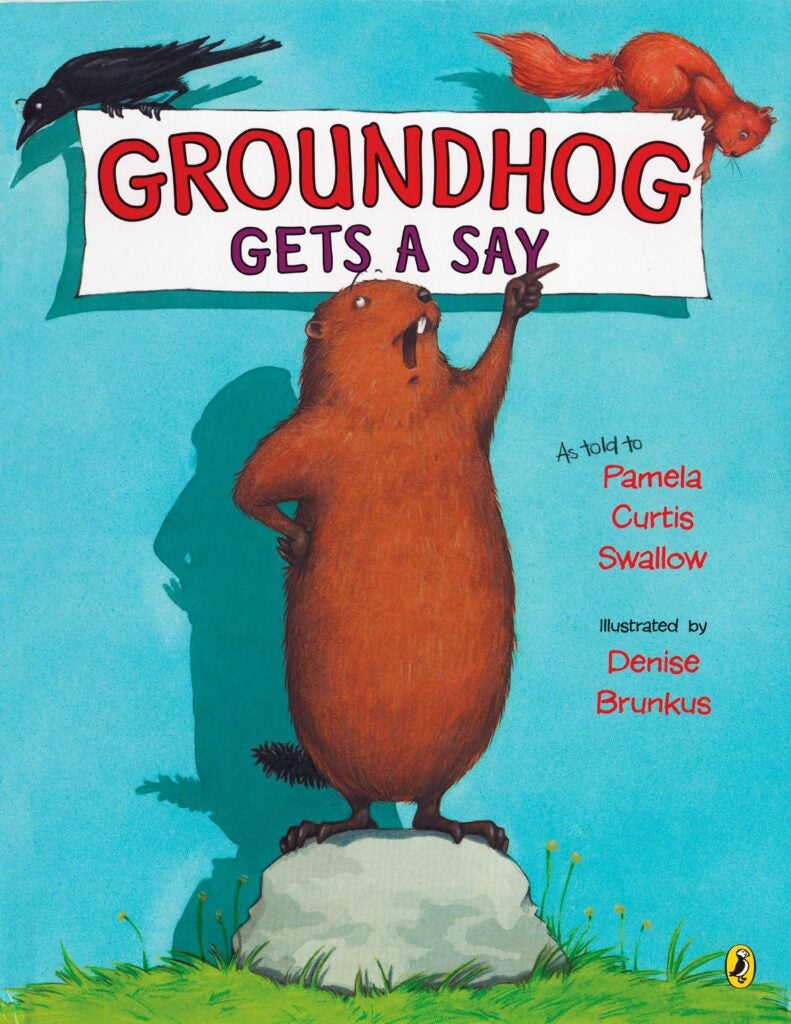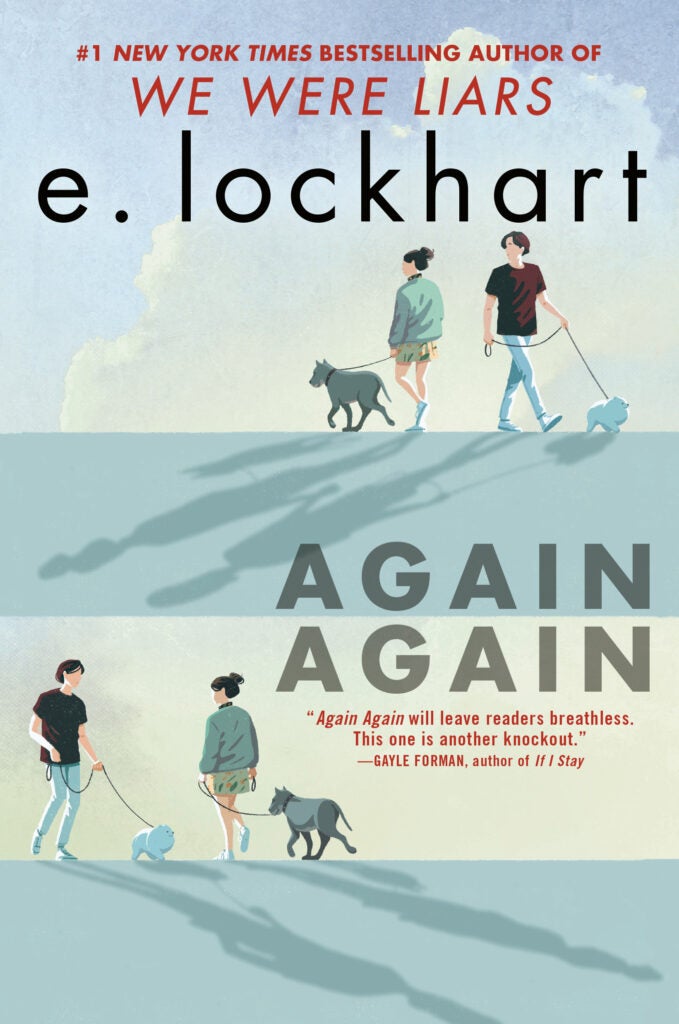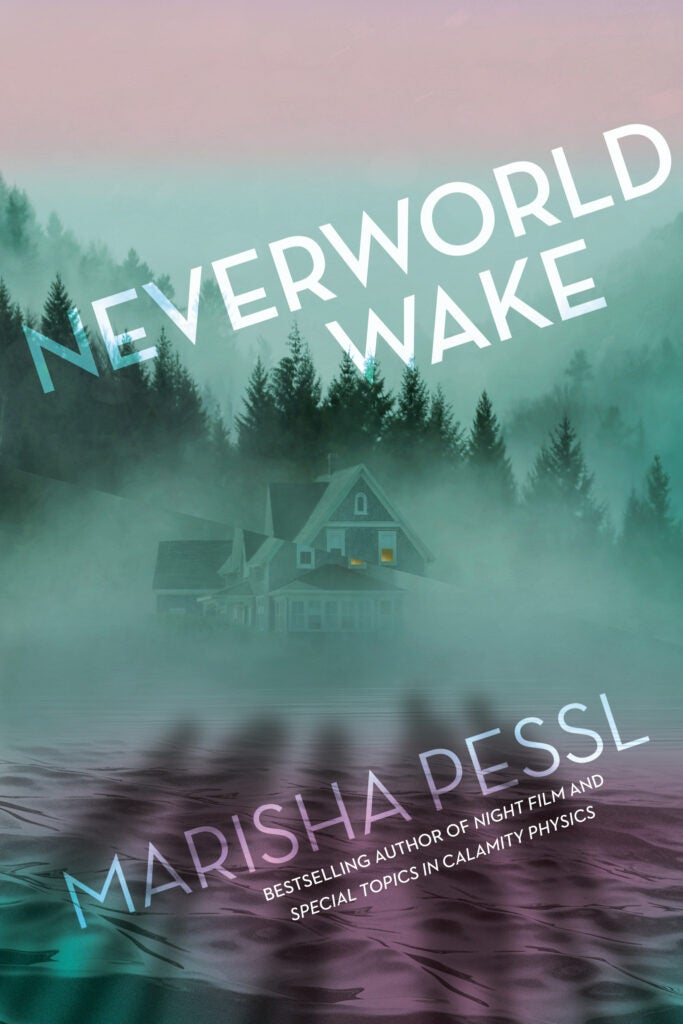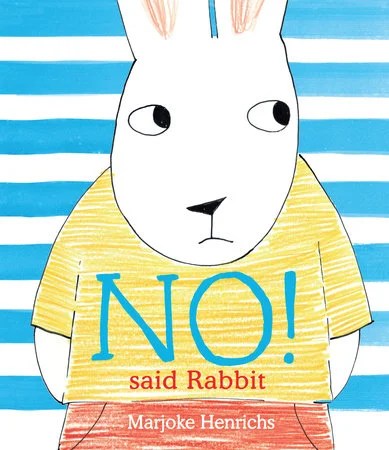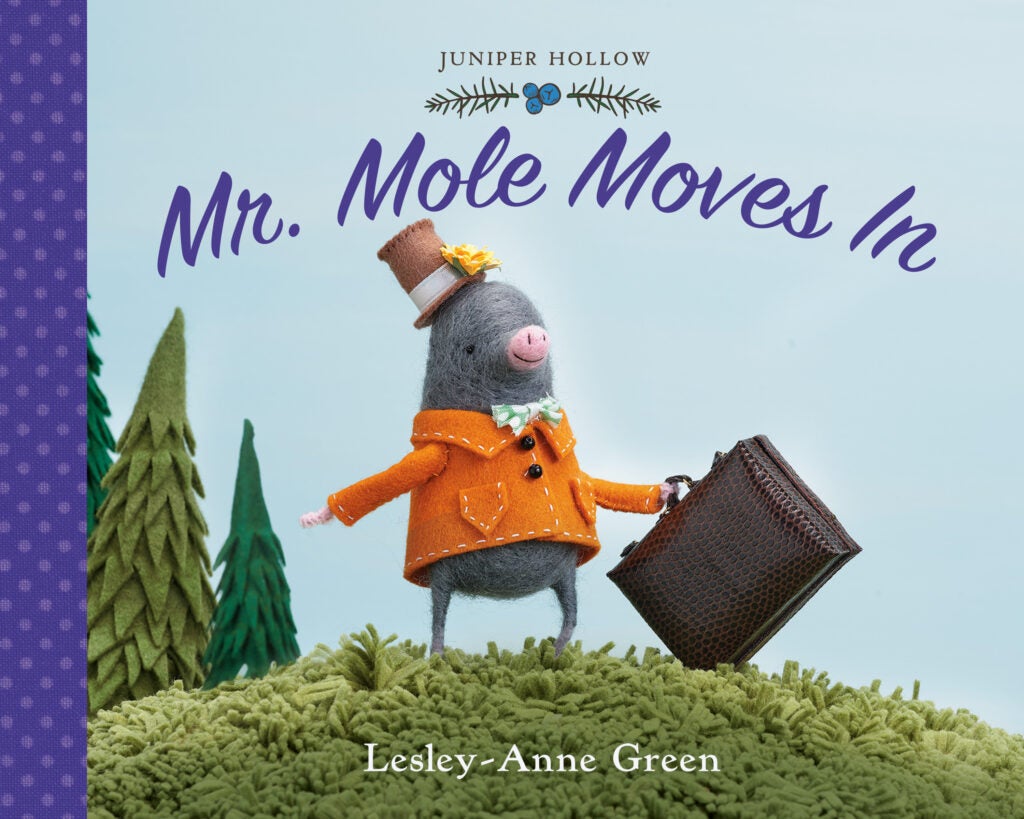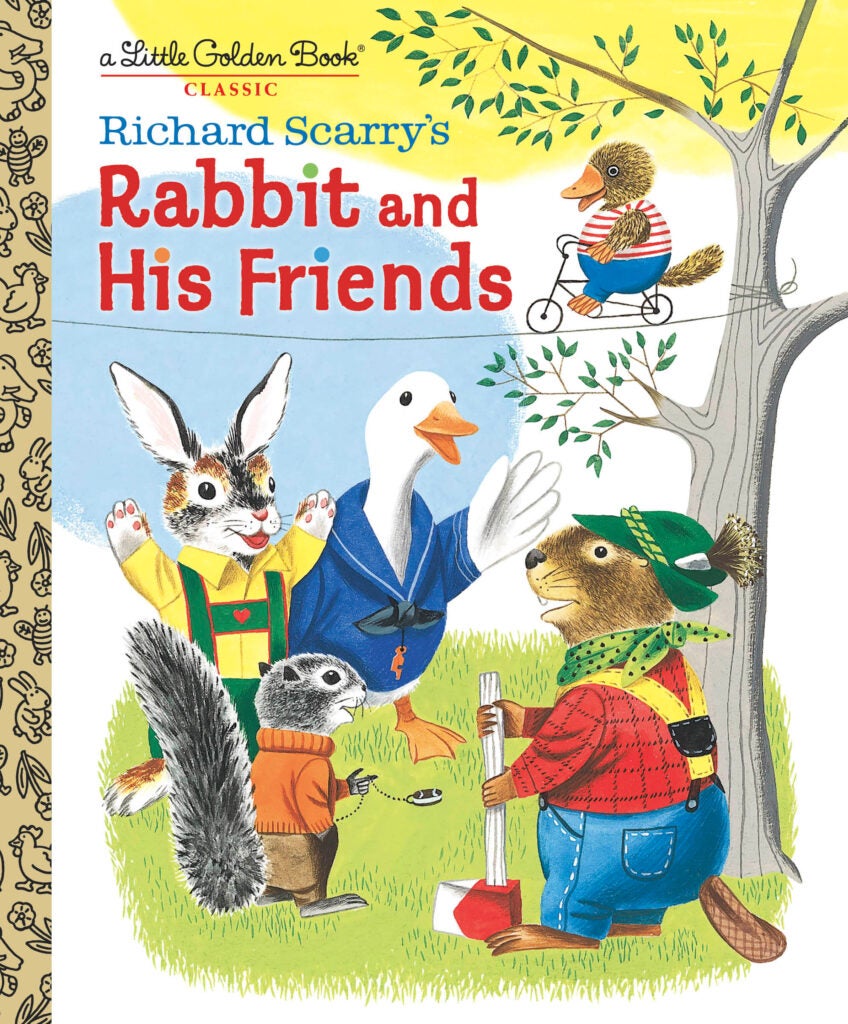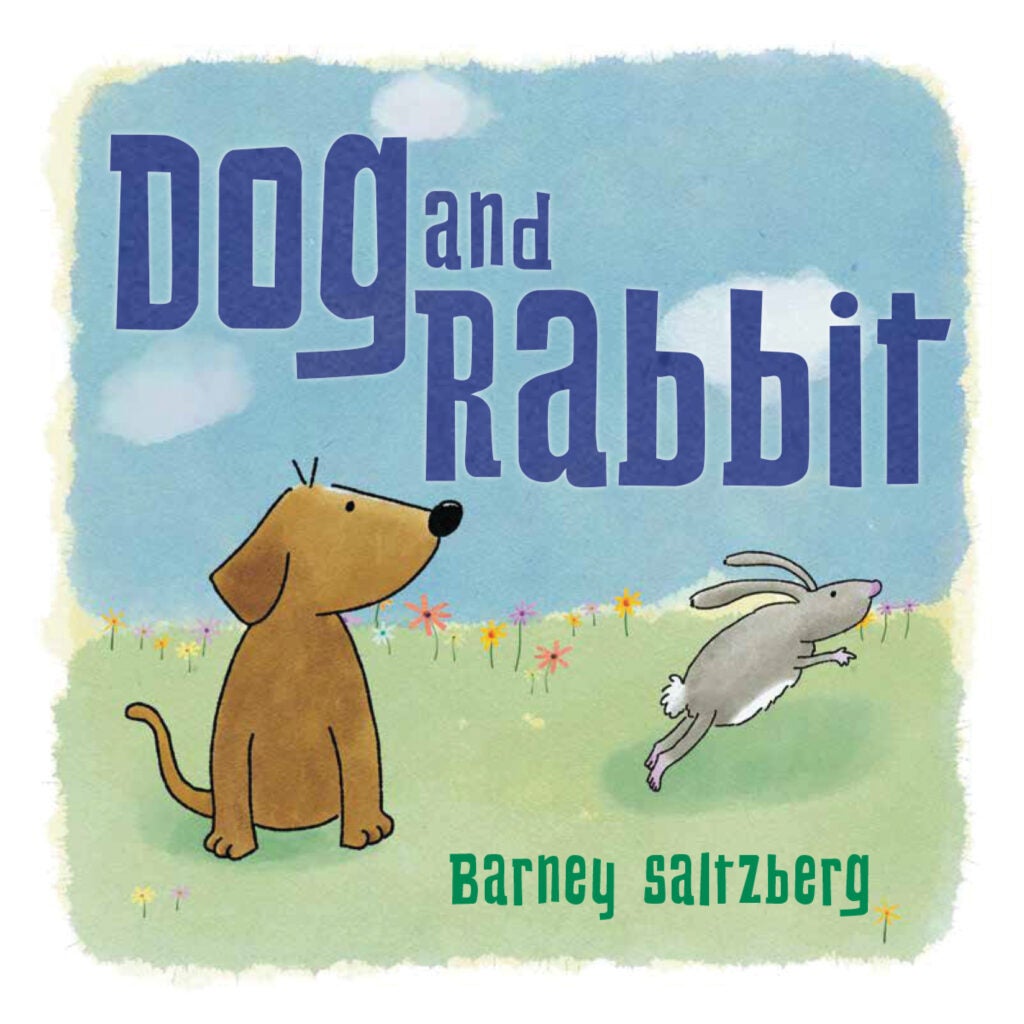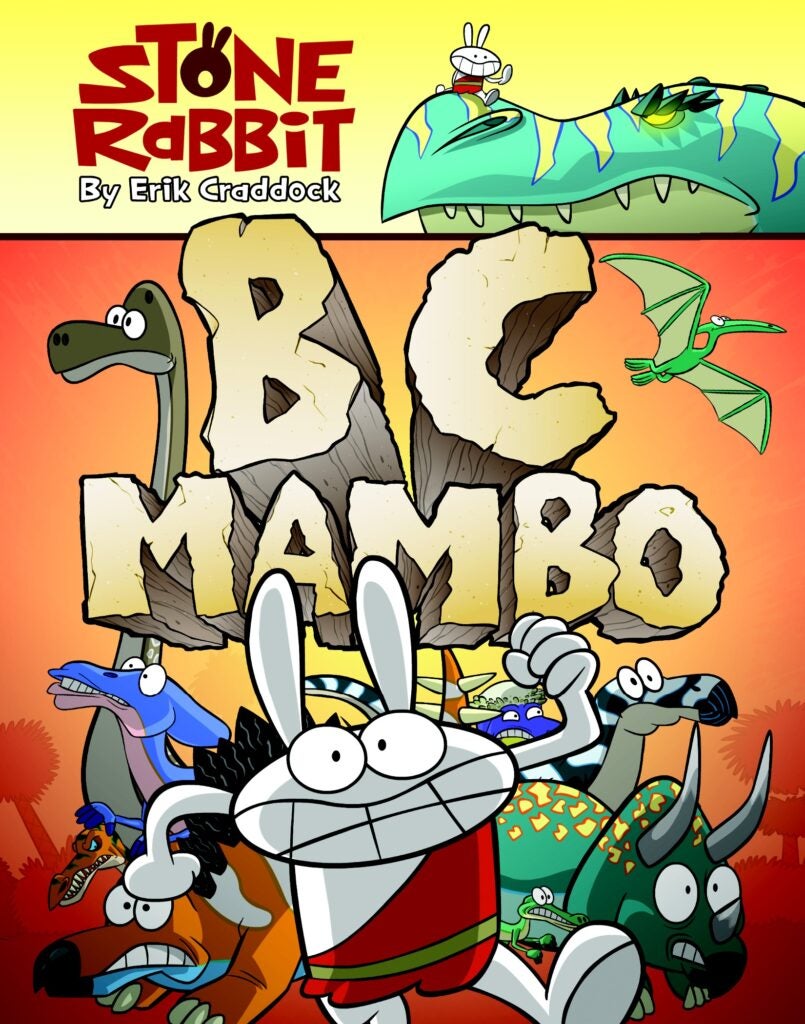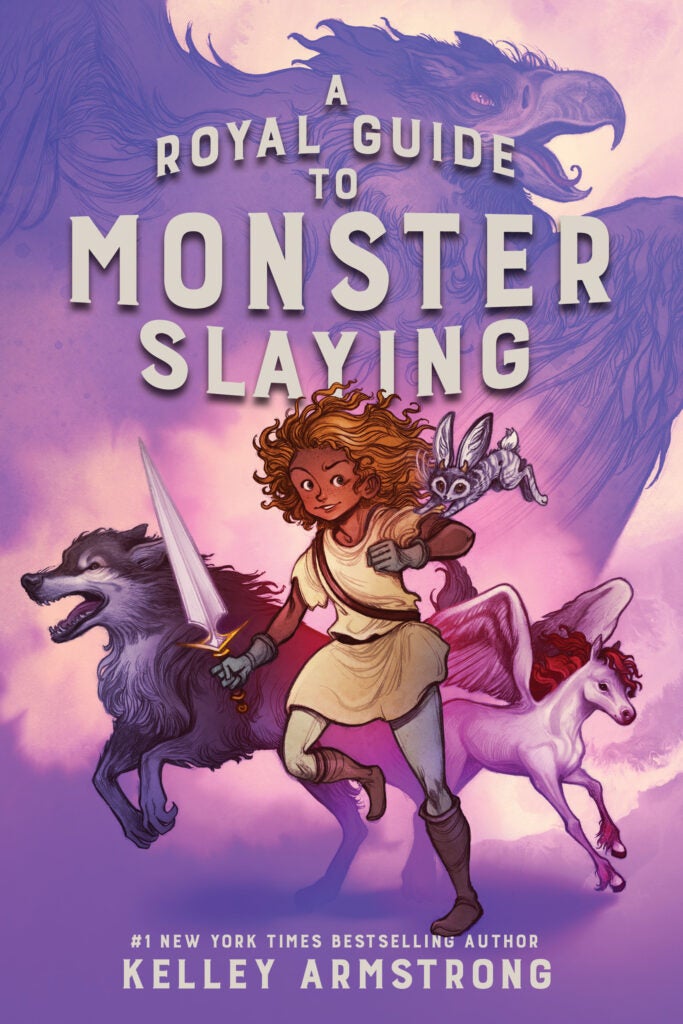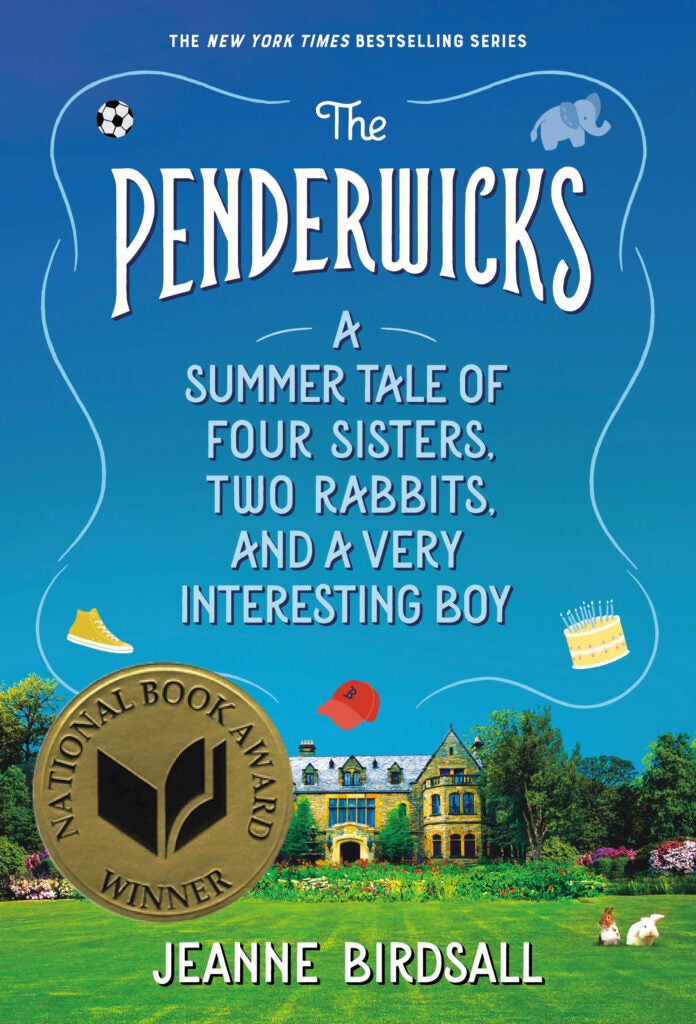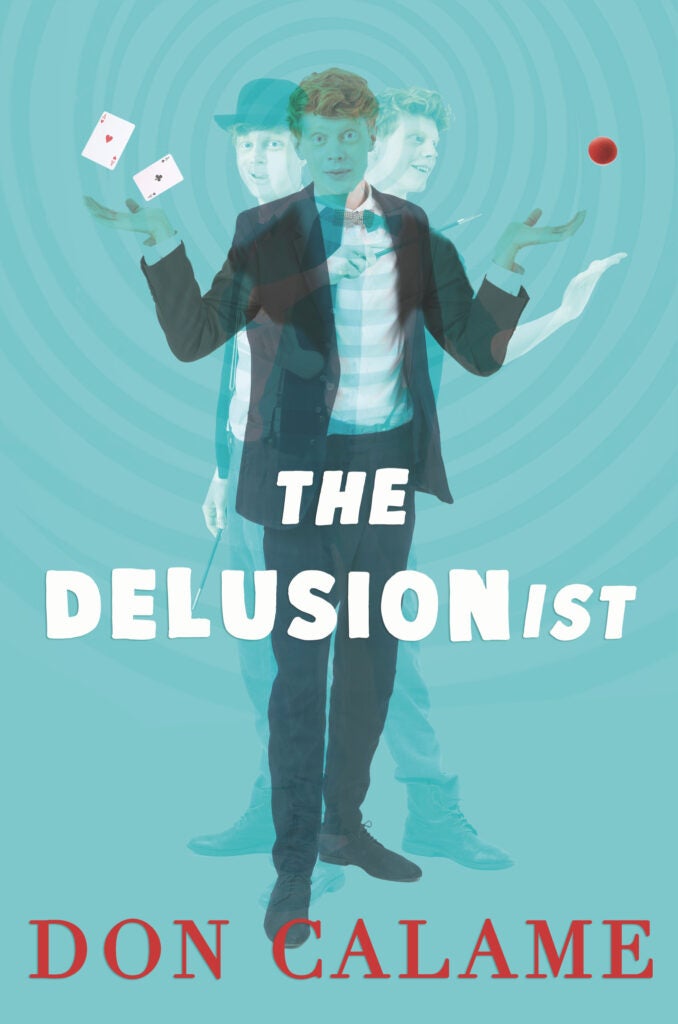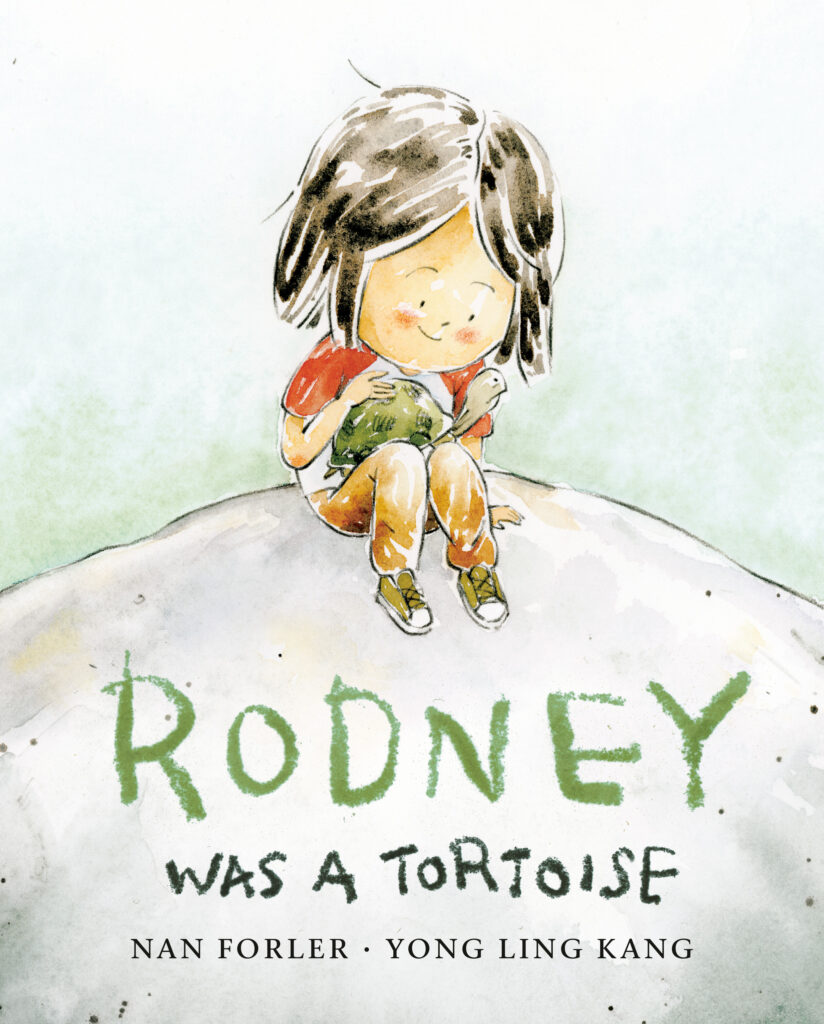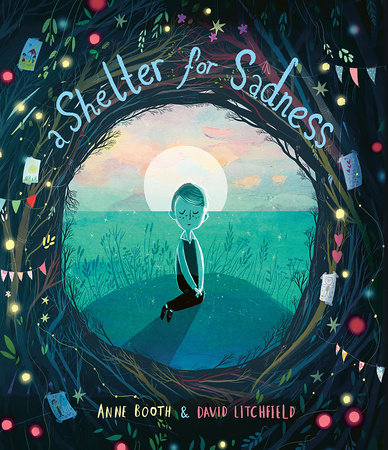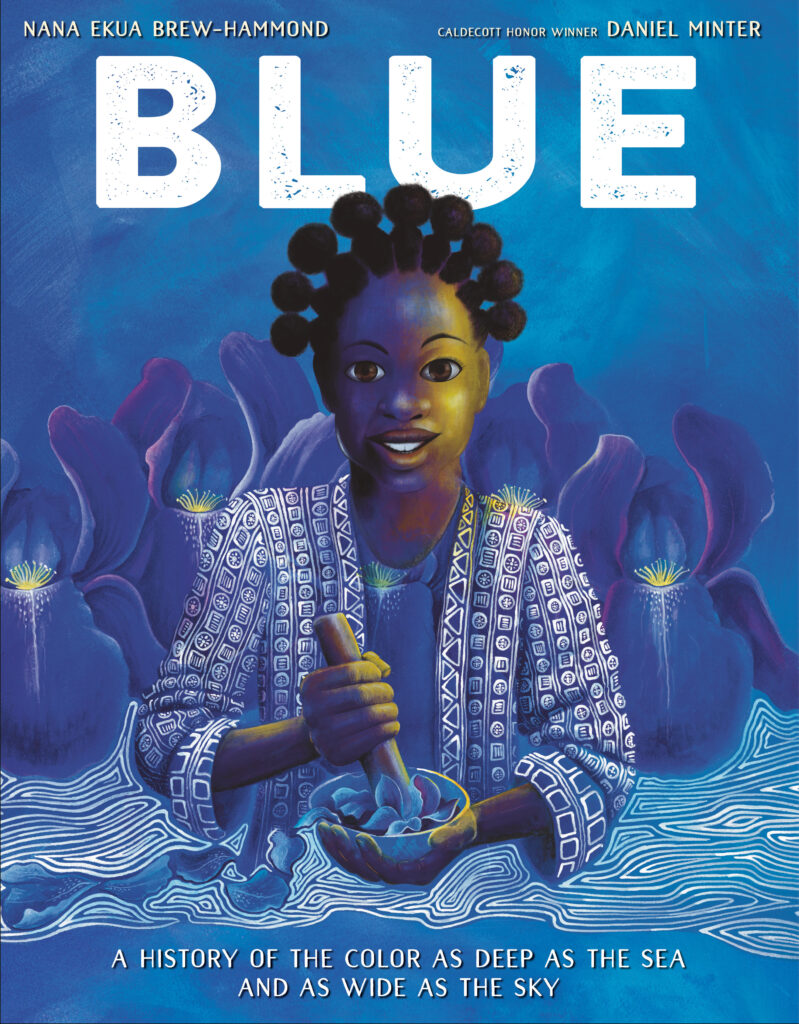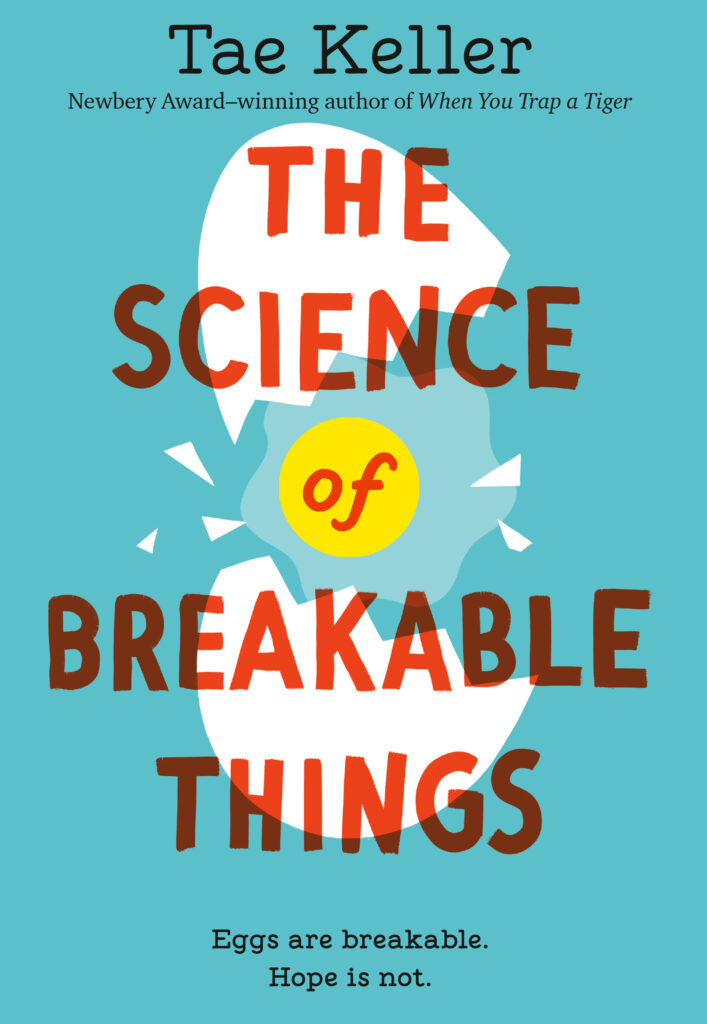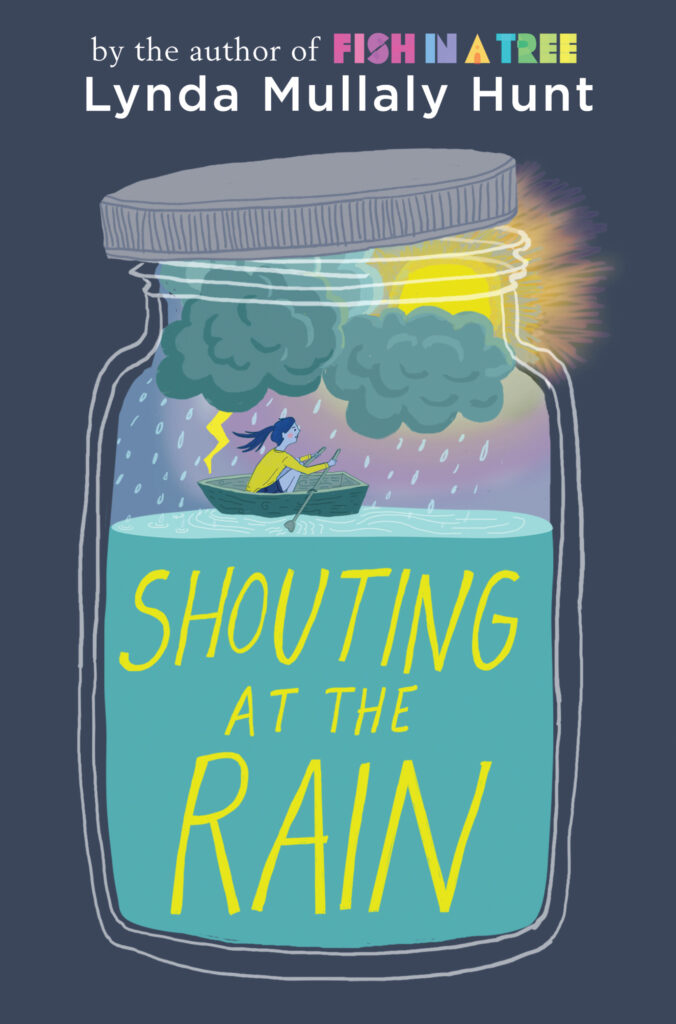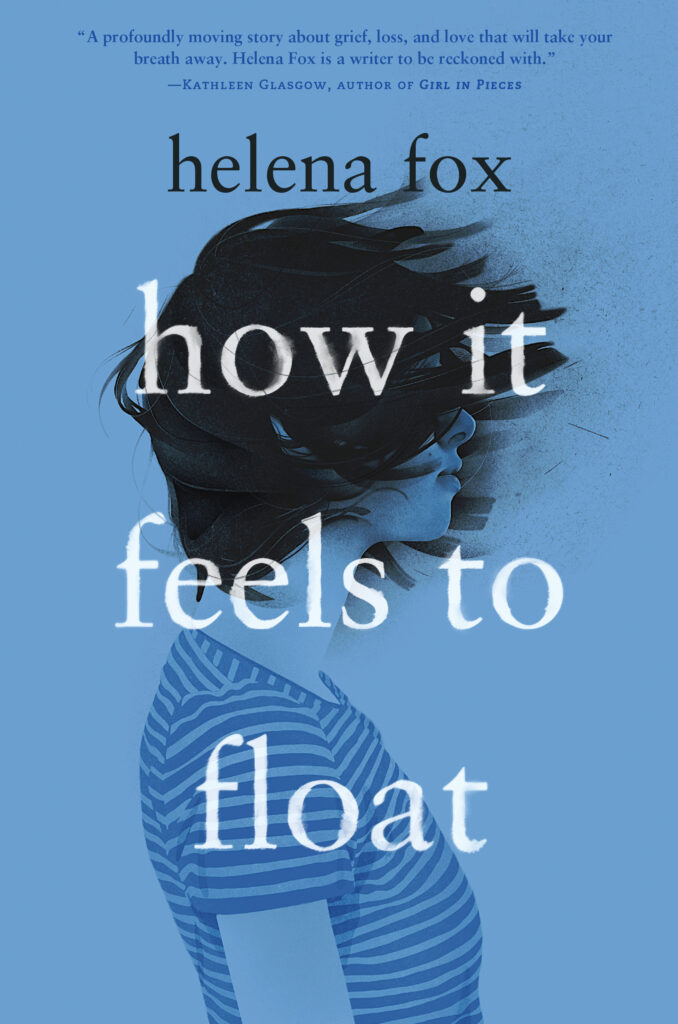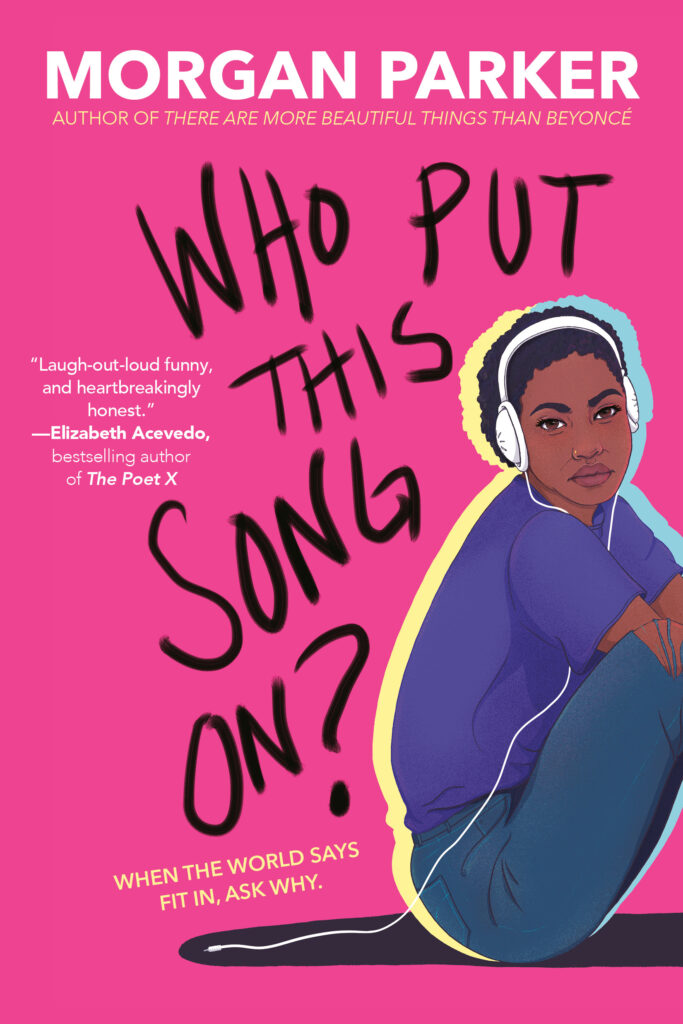Hello, and thanks for joining us at Tundra Telegram, the column where we remain attentive to the issues on readers’ minds and benevolently recommend good books that we think are pretty decent.
Tomorrow – Friday, February 17 – is “Random Acts of Kindness Day” may have its origin in a book that we do not publish, but since it started in the mid-1990s, the day has grown into a true movement, with schools across the world participating in a day that celebrates and encourages simple, small acts of goodness to create a positive effect in society.
Obviously, we are very into the idea of kindness – random or otherwise – so we’re recommending books for everyone from the youngest readers to teens that focus on empathy and goodwill. And if, as your own personal random act of kindness, you want to purchase any of these books for the readers in your life, we would heartily endorse that.
PICTURE BOOKS
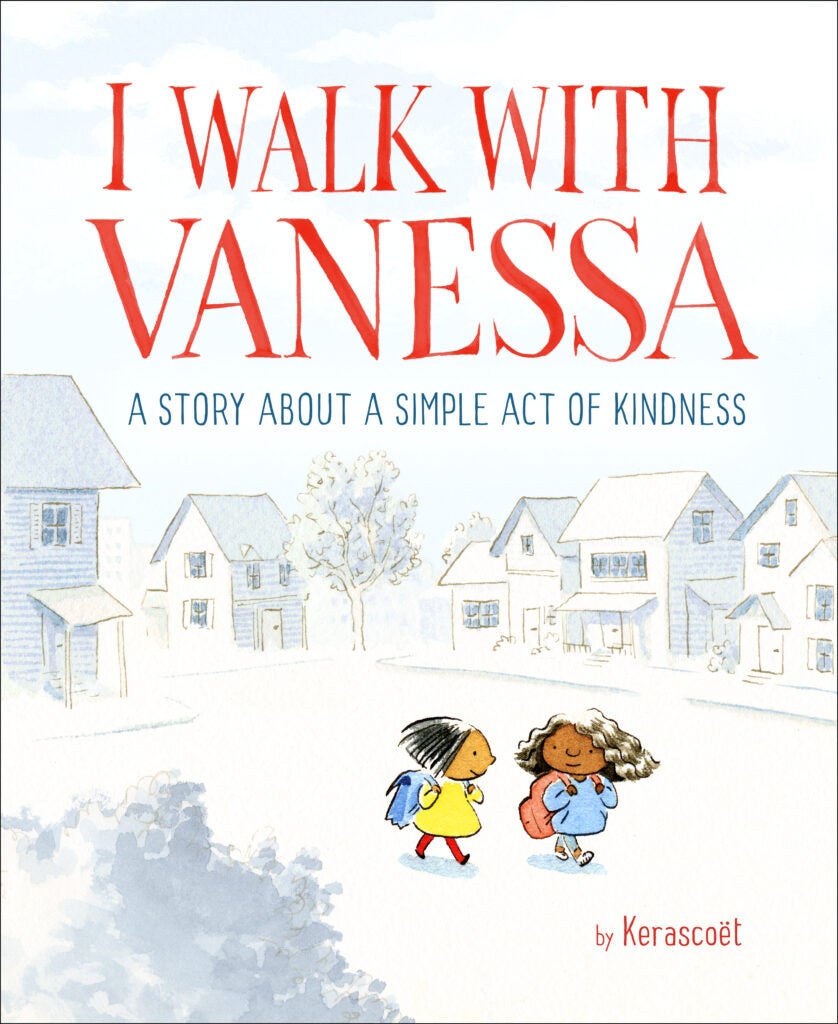



A wordless tribute to the power of kindness to change a community, I Walk with Vanessa by the husband-wife duo of Kerascoët, is inspired by real events. A girl (the titular Vanessa) is bullied at a school, an incident that affects her and all the bystanders who witness it deeply. One girl invites Vanessa to walk to school with her the next morning, and soon – Spartacus-like – they are joined by other children, because not only is kindness powerful it is contagious.
Can’t get much better in books about kindness than one with “kind” in the title, and KINDergarten by Vera Ahiyya and Joey Chou delivers. Ahiyya is a kindergarten teacher and Instagram influencer affectionately known as the Tutu Teacher. She’s written a picture book about a class that creates a kindness pledge to make sure that their class is the kindest it can possibly be! Even better – it’s a book that celebrates random (and often quiet) acts of kindness.
How kindness can positively affect shy and quiet children is vividly realized in Trudy Ludwig and Patrice Barton‘s The Invisible Boy. Brian is an invisible boy at the beginning of the story – nobody in class ever seems to notice him or include him in their group, game, or birthday party. But Justin, the new boy in class, demonstrates how a simple act of kindness can transform an invisible boy into a friend. The book is also available in Spanish for books on la benevolencia.
Trudy Ludwig (you remember her from The Invisible Boy) is a strong author proponent of kindness. And with The Power of One, illustrated by Mike Curato, she demonstrates that every act of kindness counts. When one child reaches out in friendship to a classmate who seems lonely, she begins a chain reaction of kindness that ripples throughout her school and her community. And the power of one … becomes the power of many.

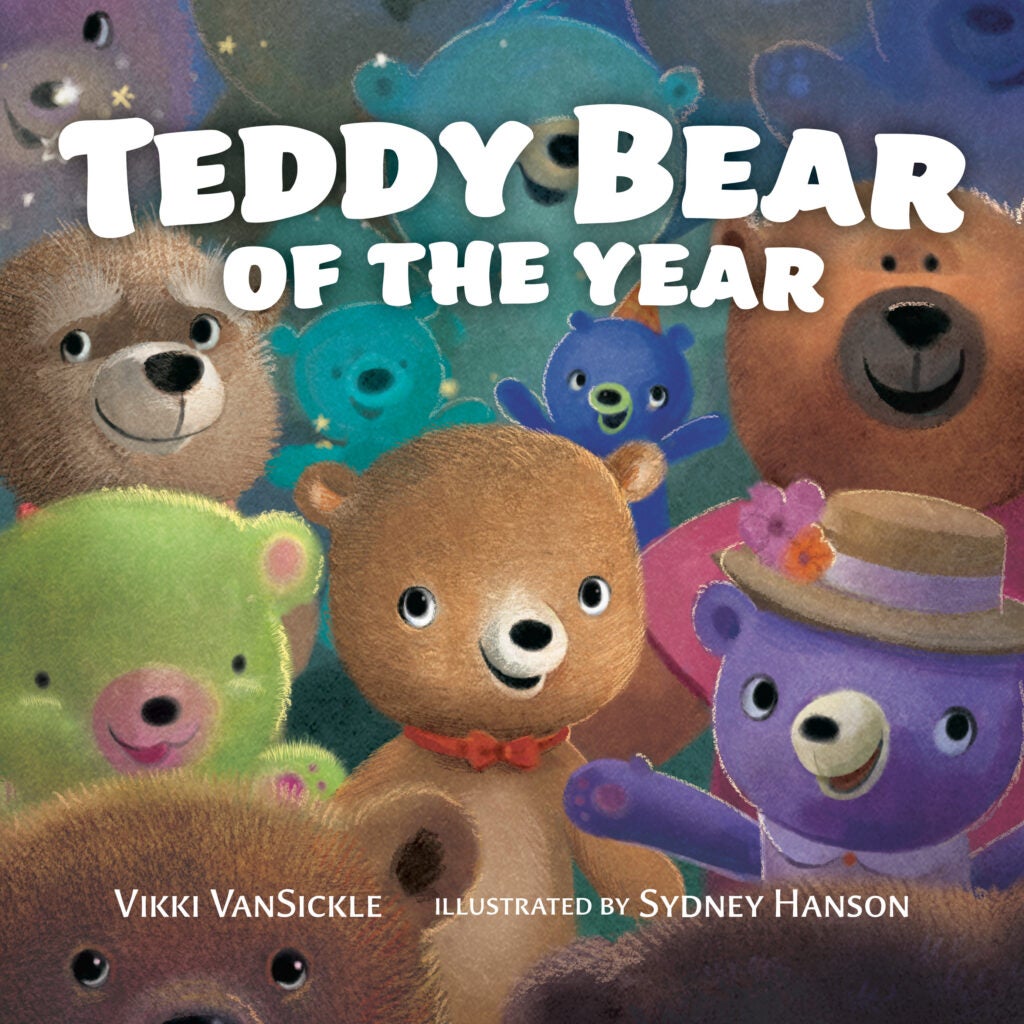

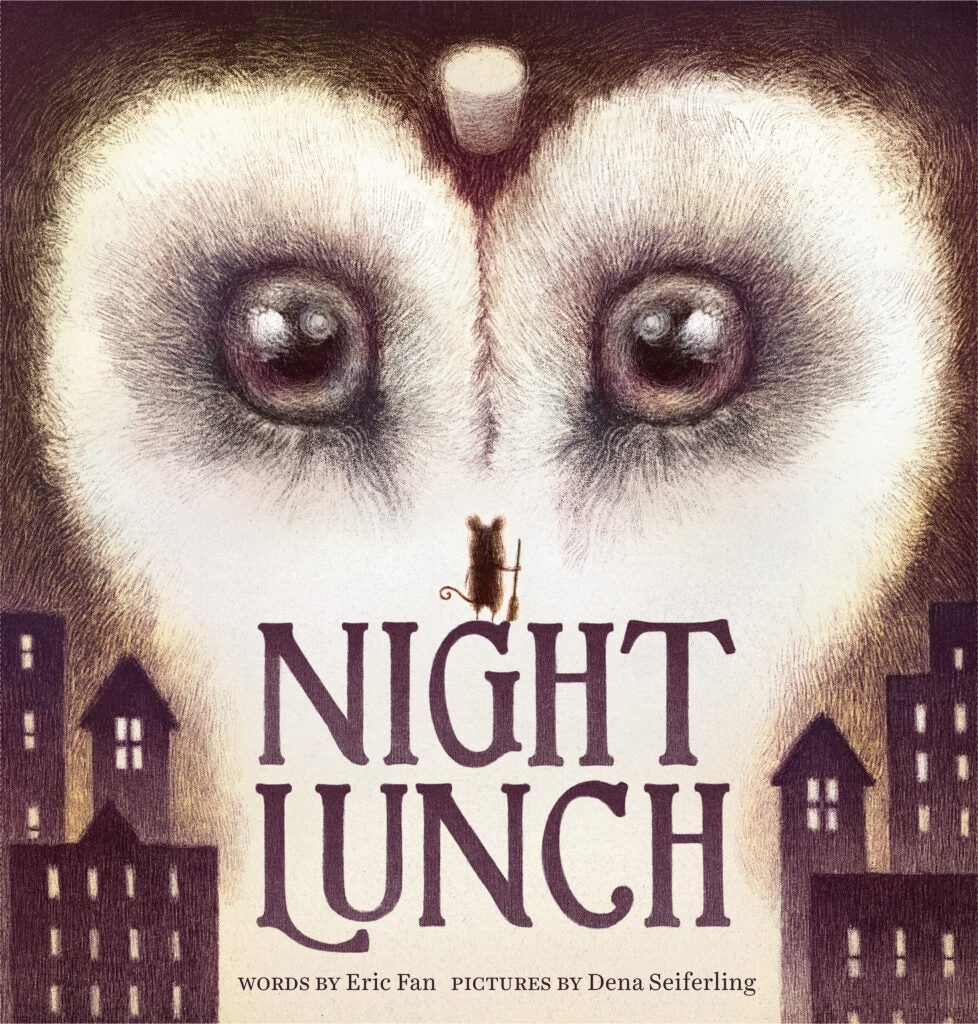
Randall de Sève and Carson Ellis‘s This Story Is Not about a Kitten is, in fact, about kindness. Well, it’s about kindness, community, compassion, and – in some small way – about a kitten, TBH. Young readers will love to watch as a number of people and – eventually – a whole family rallies together (The House that Jack Built-style) to coax a frightened cat from beneath a car and into someone’s arms and – ultimately – a warm and safe home.
An average teddy bear learns that even the smallest acts of kindness can make him a superstar in Teddy Bear of the Year by Vikki VanSickle and Sydney Hanson. Ollie attends his first magical teddy bear’s picnic, in which teddy bears from around the world are recognized for acts of courage and kindness that go above-and-beyond. And while Ollie doesn’t think snuggling with his girl or listening to her stories is all that special, he learns even the smallest positive actions can have big impact.
While we’re looking at the concept of kindness through animals (real or stuffed), we have to mention Jonathan Stutzman and Isabelle Arsenault‘s The Mouse Who Carried a House on His Back, which is perhaps more about generosity (which is sort of a subcategory of “kindness”). Vincent (the mouse) puts down the house he carries on his back in an ideal spot on a hill. And Vincent makes that house open to whatever tired travelers may pass by – even if it’s a hungry cat (!). It’s like a woodland AirBNB without the bill (or the chores)!
Birds can be kind, as well, as readers of Night Lunch by Eric Fan and Dena Seiferling learn. (I know; I had my doubts, too.) The majority of the book chronicles an owl chef preparing food for customers of his late-night food cart. But the busy chef makes time to prepare a veritable feast for a hungry mouse street sweeper once their evening shifts end.
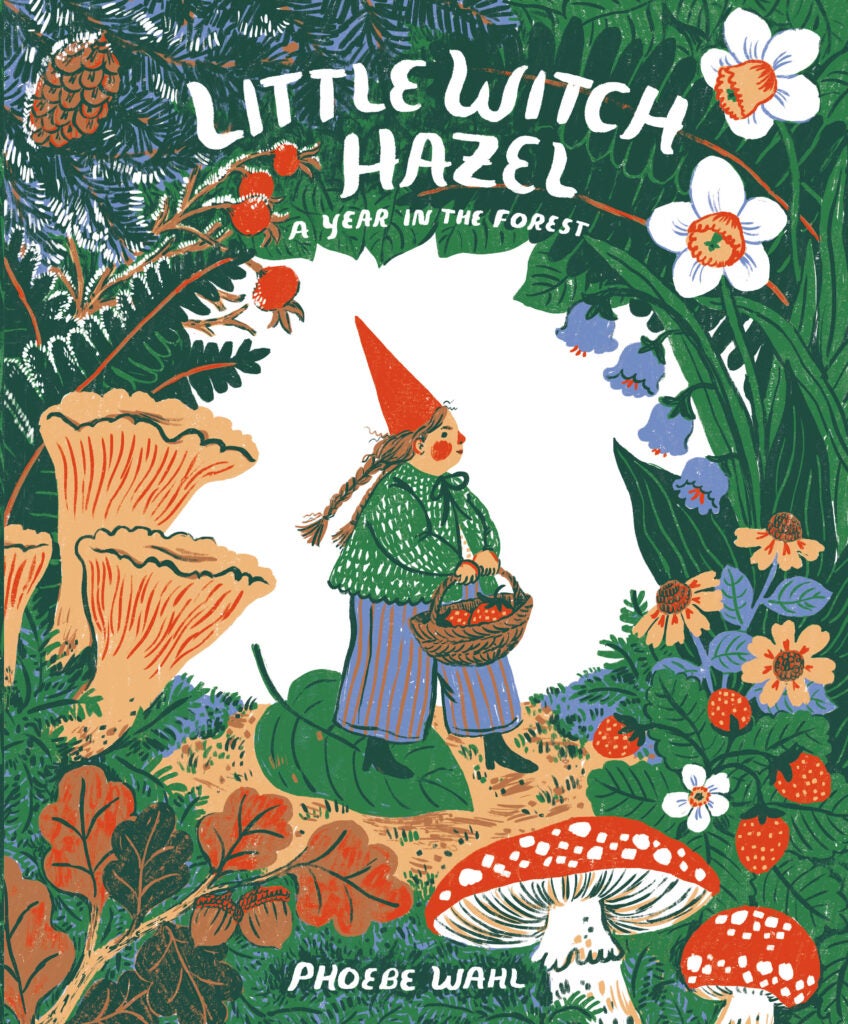



Mice and owls abound in Little Witch Hazel by Phoebe Wahl, but it’s the title character, a tiny witch who is a some-time midwife and full-time friend to all the residents of her forest, who is the kindness role model here. The book is broken into four seasonal and self-contained adventures, but the common thread is that Little Witch Hazel is a good and caring friend to all – whether they be an injured critter or a lonely (maybe) ghost – and that kindness makes for a more wonderful life for everyone.
Like I Walk with Vanessa, The Notebook Keeper by Stephen Briseño and Magdalena Mora is a story about kindness based on actual events. In this case, a mother and her daughter are denied entry at the Tijuana border, so they seek out Belinda, the refugee in charge of “the notebook,” an unofficial ledger of those waiting to cross into the U.S. for asylum. Belinda welcomes newcomers and assigns numbers, but, more importantly, she treats the hopeful refugees with kindness and instills hope.
What Is Given from the Heart by Patricia C. McKissack and April Harrison is not only a book about kindness, it has the added benefit of taking place around Valentine’s Day (and, accordingly, Random Acts of Kindness Day). This final picture book from McKissack demonstrates you don’t need to have money to show generosity. James Otis is raised by his mother after his father dies unexpectedly, and though he doesn’t grow up with much, he devises a wonderful way to contribute when his church takes collections for a family that has lost nearly everything in a fire.
A boy and his grandma go on a special bus ride after church in the modern classic Last Stop on Market Street by Matt de la Peña and Christian Robinson. When CJ asks his grandma why they don’t have a car or several other material items, his grandma answers in ways that help CJ appreciate and love the world around him. And that goes doubly when they reach their end destination, when they demonstrate kindness by (spoiler alert!) spending their afternoon volunteering at a local soup kitchen.
CHAPTER BOOKS & MIDDLE GRADE

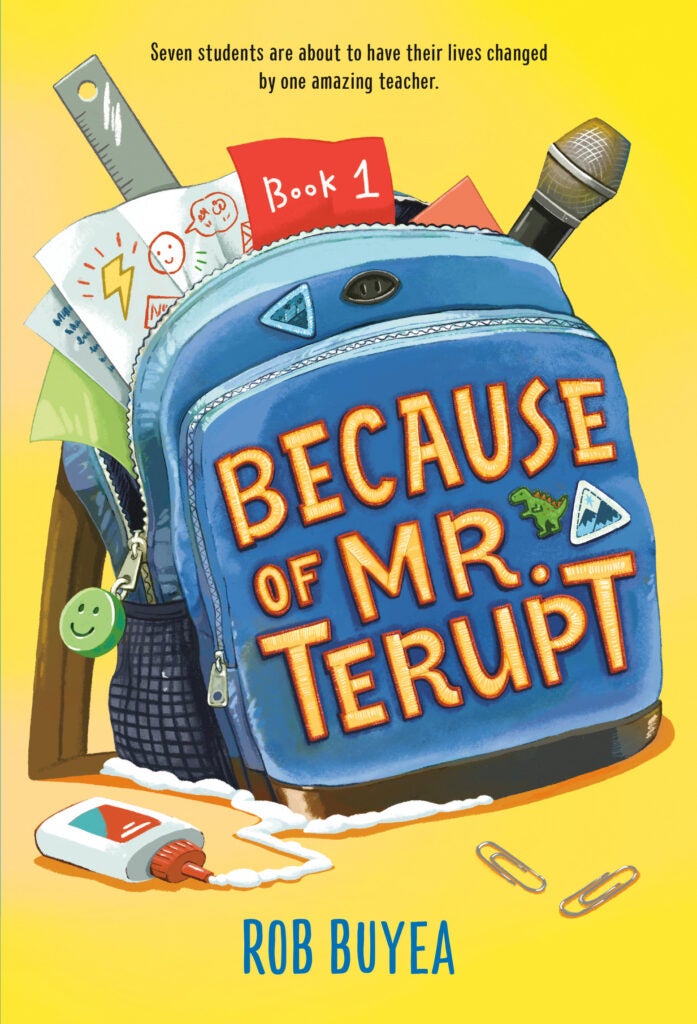

You knew we couldn’t get away without including the juggernaut of kindness in children’s literature, Wonder by R.J. Palacio. Wonder turned kindness to a phenomenon. The book has been a bestseller for years, and inspired the #ChooseKind campaign (seen in schools across North America). Auggie Pullman, the main character of Wonder, is an ordinary boy with an extraordinary face. And when he attends a public school for the first time in fifth grade, he helps his community as they struggle (to different degrees) with empathy, compassion, and acceptance.
A kind teacher is at the center of Because of Mr. Terupt by Rob Buyea. Seven very different students have never really gotten along until a new teacher arrives and helps them to connect with one another. But when Mr. Terupt suffers a terrible accident, will his students remember the lessons he taught them? (You’d better believe they do!)
Individualism and nonconformity is often referenced as the theme of Stargirl by Jerry Spinelli, but there are underlying messages of kindness, as well. Stargirl is different for many reasons, but one of them is her kindness: she remembers every classmate’s birthday, she makes a scrapbook for the kid across the street. Her school is first fascinated by her quirkiness, then loathes her for it, but Stargirl remains committed to her strange kindness no matter what.
YOUNG ADULT

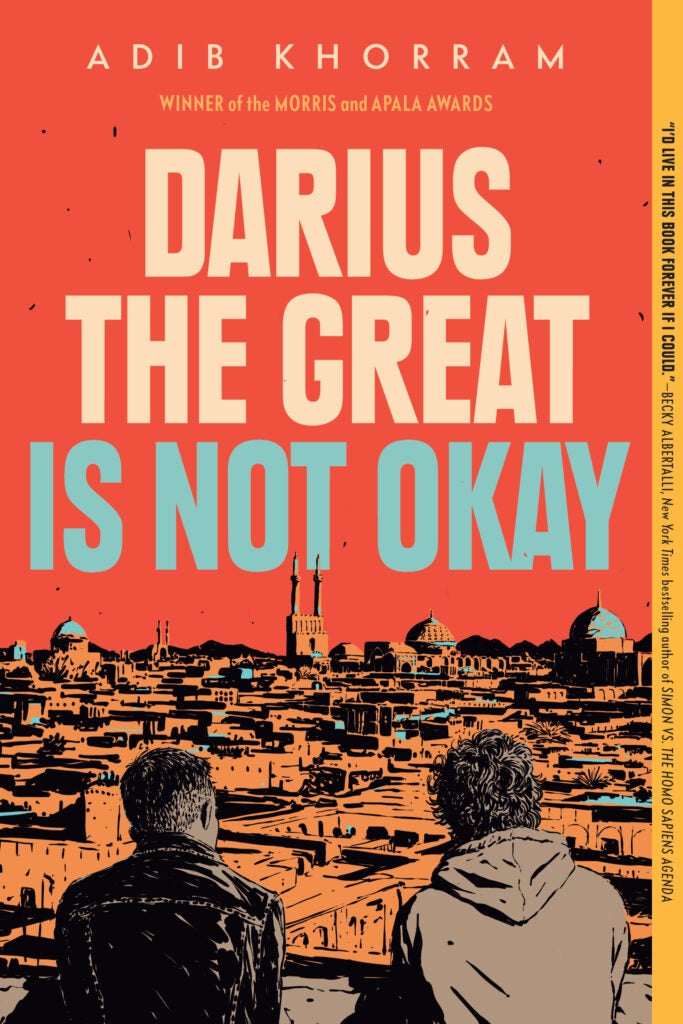

As readers get older, the books get less specifically about kindness. (I guess authors and publishers have figured you should have read all those picture books about kindness when you were younger.) But there are still some YA titles where kindness abounds!
Kindness appears in the darkest spaces in Erin Stewart‘s Scars Like Wings. Ava Lee loses nearly everything (and is terribly disfigured) in a massive fire, which drives her into a pit of despair. But then Ava meets a fellow burn survivor named Piper and doesn’t feel so alone. Piper introduces Ava to Asad, a boy who loves theater just as much as she does, and Ava begins to feel hope again. But Piper is fighting her own battle, so Ava must dig into her well of empathy and share a little tenderness with her new friends.
Awkward Persian American Darius experiences understanding and kindness for the first time in a while in Adib Khorram‘s Darius the Great Is Not Okay. A perennial outsider struggling with depression, he takes his first-ever trip to his parents’ hometown in Iran, where his life is forever changed by Sohrab. The boy who lives next door becomes a kind friend who makes him feel so much better than okay.
And author Susin Nielsen is known for stories that blend dark, laugh-out-loud humor with kindness, so while many of her books would fit our criteria, we’re going to highlight YA novel We Are All Made of Molecules. The book is the story of families torn apart by illness and death that get stitched back together with a few growing pains along the way. Step-siblings Stewart and Ashley are from opposite ends of the school’s social ladder, but by each embracing a little goodwill and forgiveness, they may actually make their new family work.
That’s it for this week. Until next week, take care of yourself – and each other.
